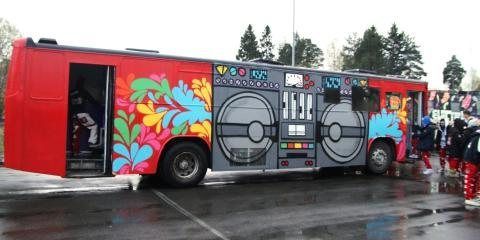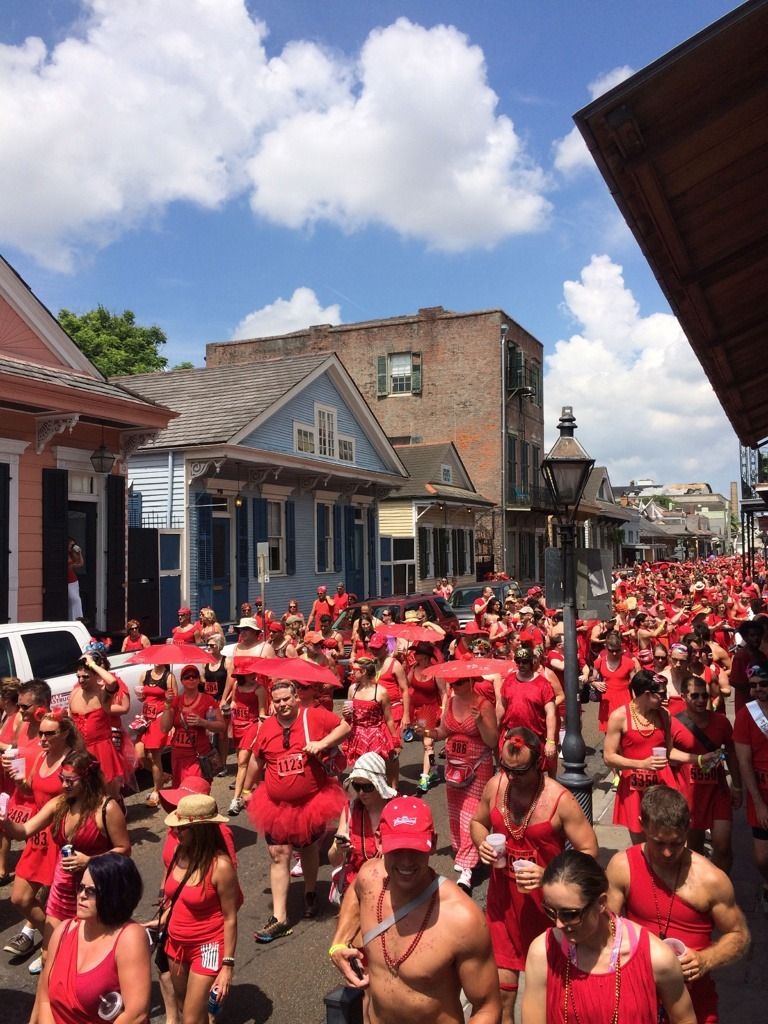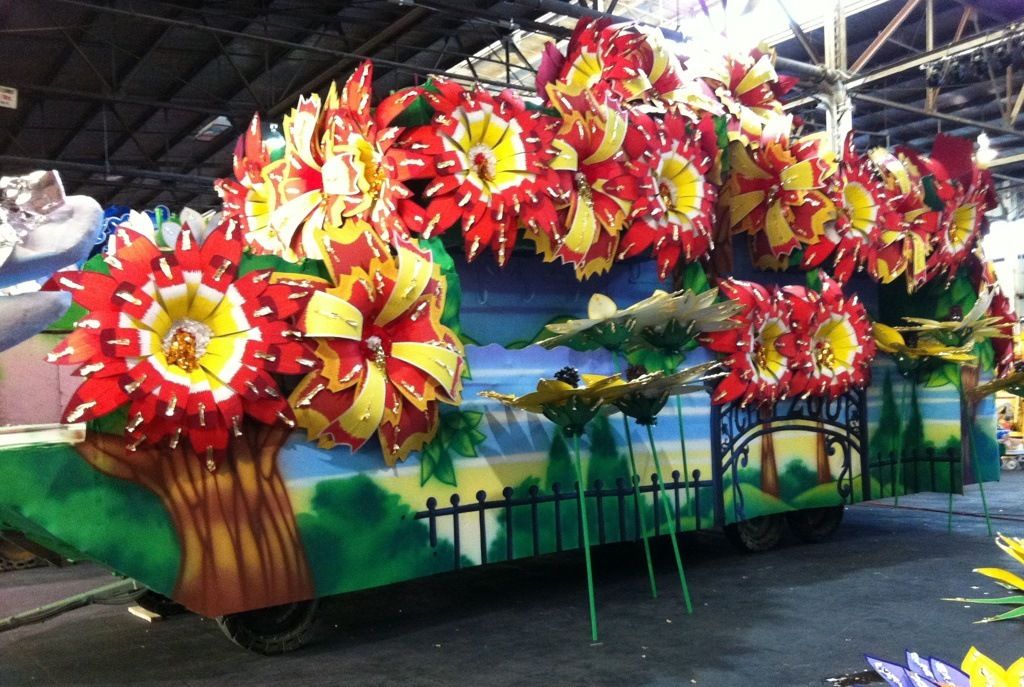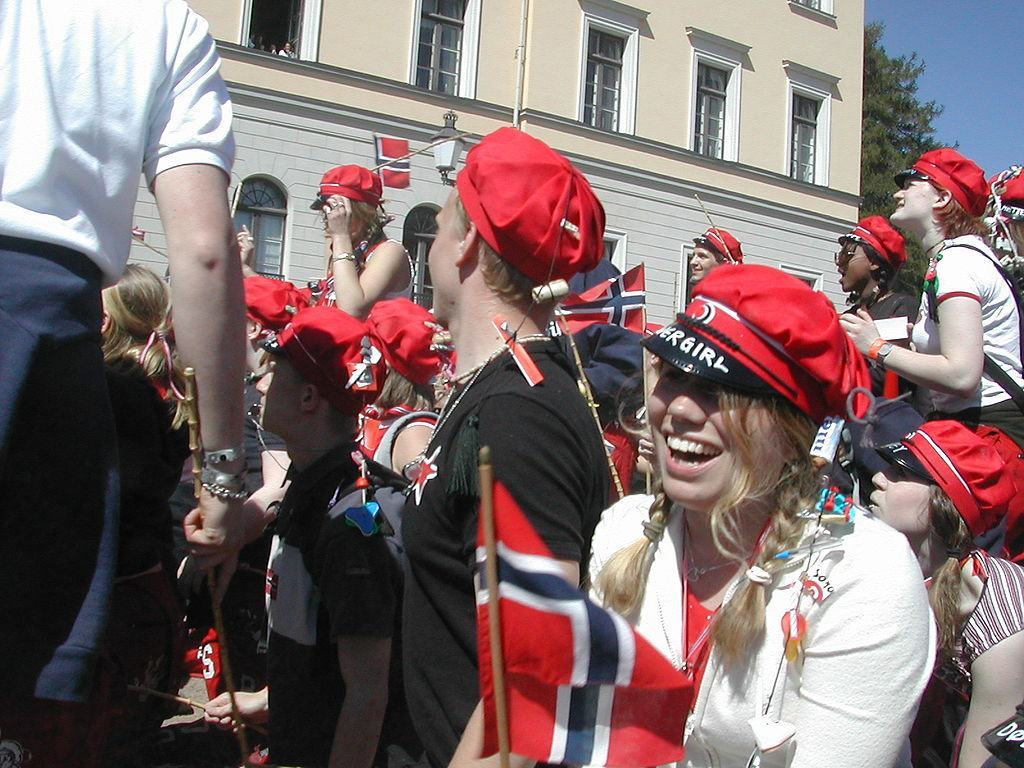Mardi Gras, the festival of all festivals, concludes on Mardi Gras day (usually sometime between mid-February and early March), or “Fat Tuesday,” the day before the first day of Lent. It was first celebrated in Mobile, Alabama in 1703 and was actively celebrated in New Orleans beginning in the 1730s, though the first floats did not appear until 1839. There are now countless festivals and parades in New Orleans for various occasions and holidays throughout the year. The Russefeiring, usually begins around May 1st and ends on May 17th, the day Norway celebrates their independence, and it began sometime in the 1700s. Both celebrations take over city and country for nearly a month each spring and involve copious amount of alcohol, music, parties, revelry, costumes (more specifically uniforms for the Russ), and elaborately decorated vehicles of transport.







